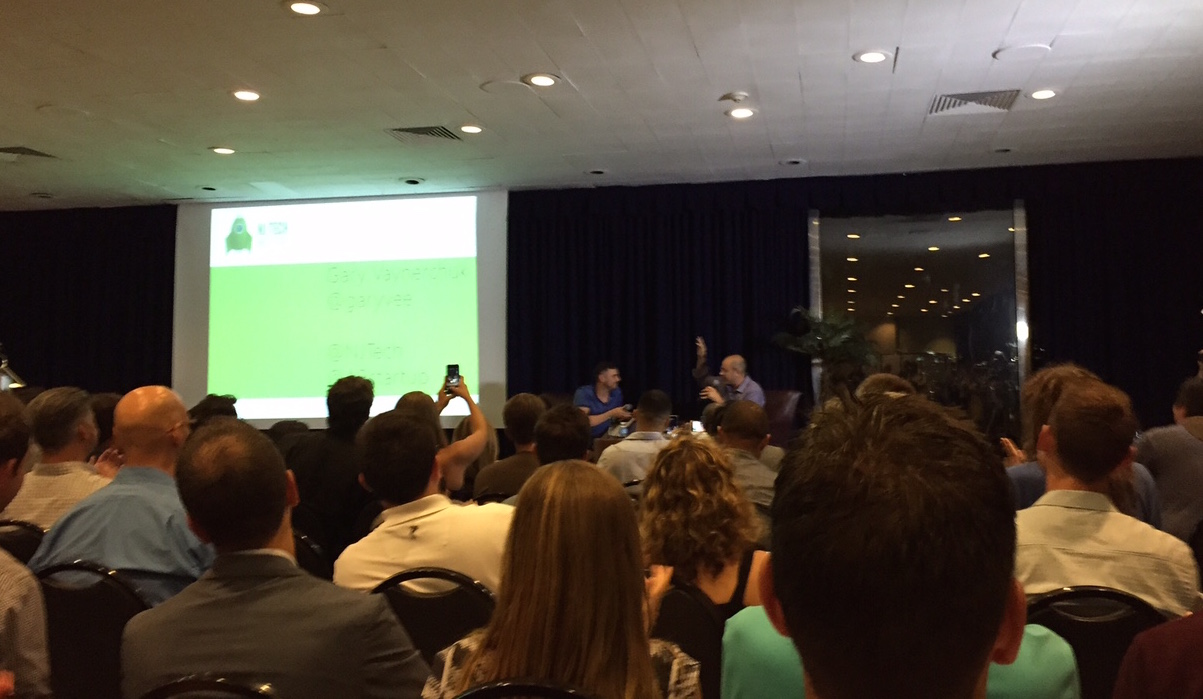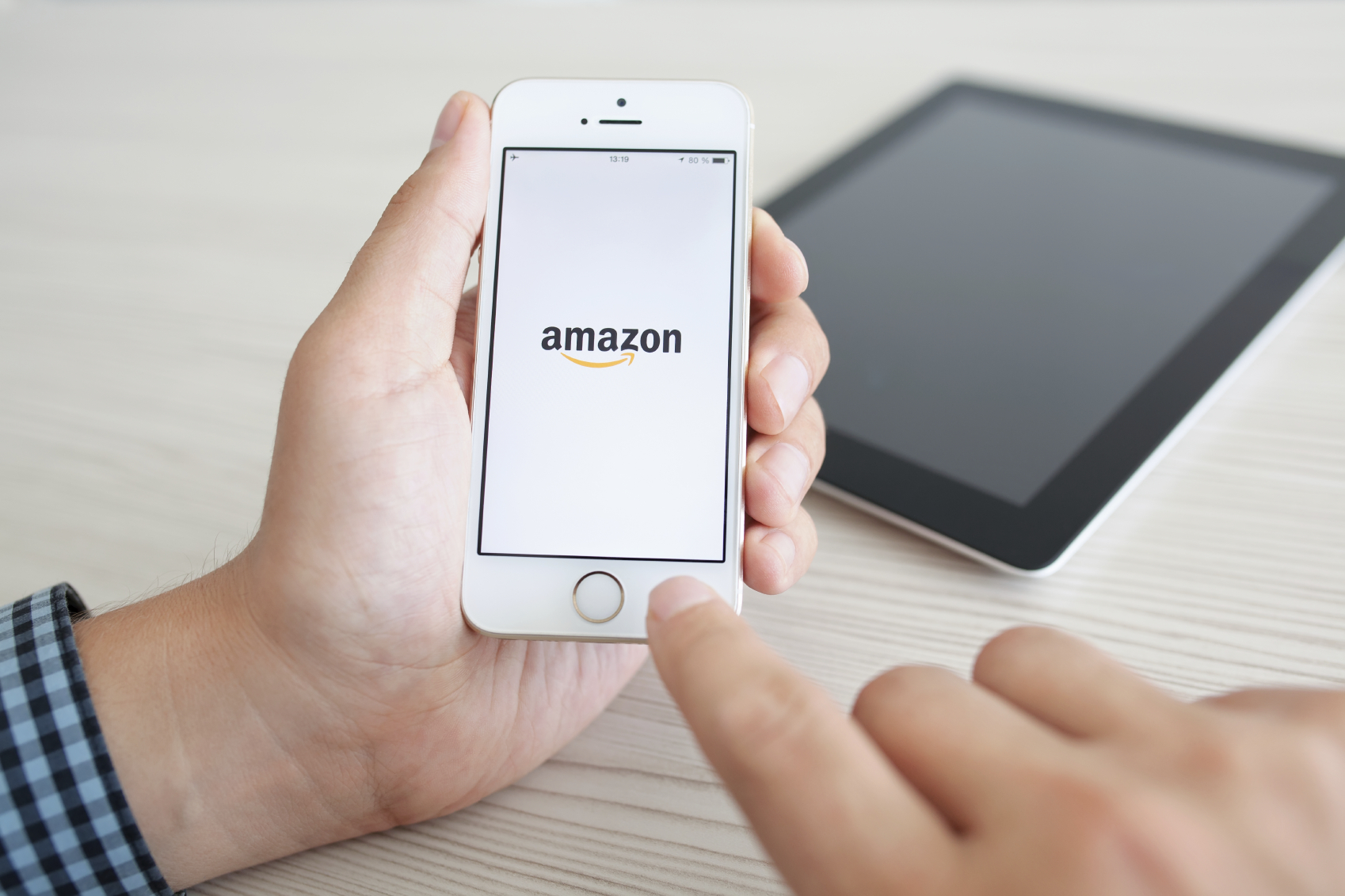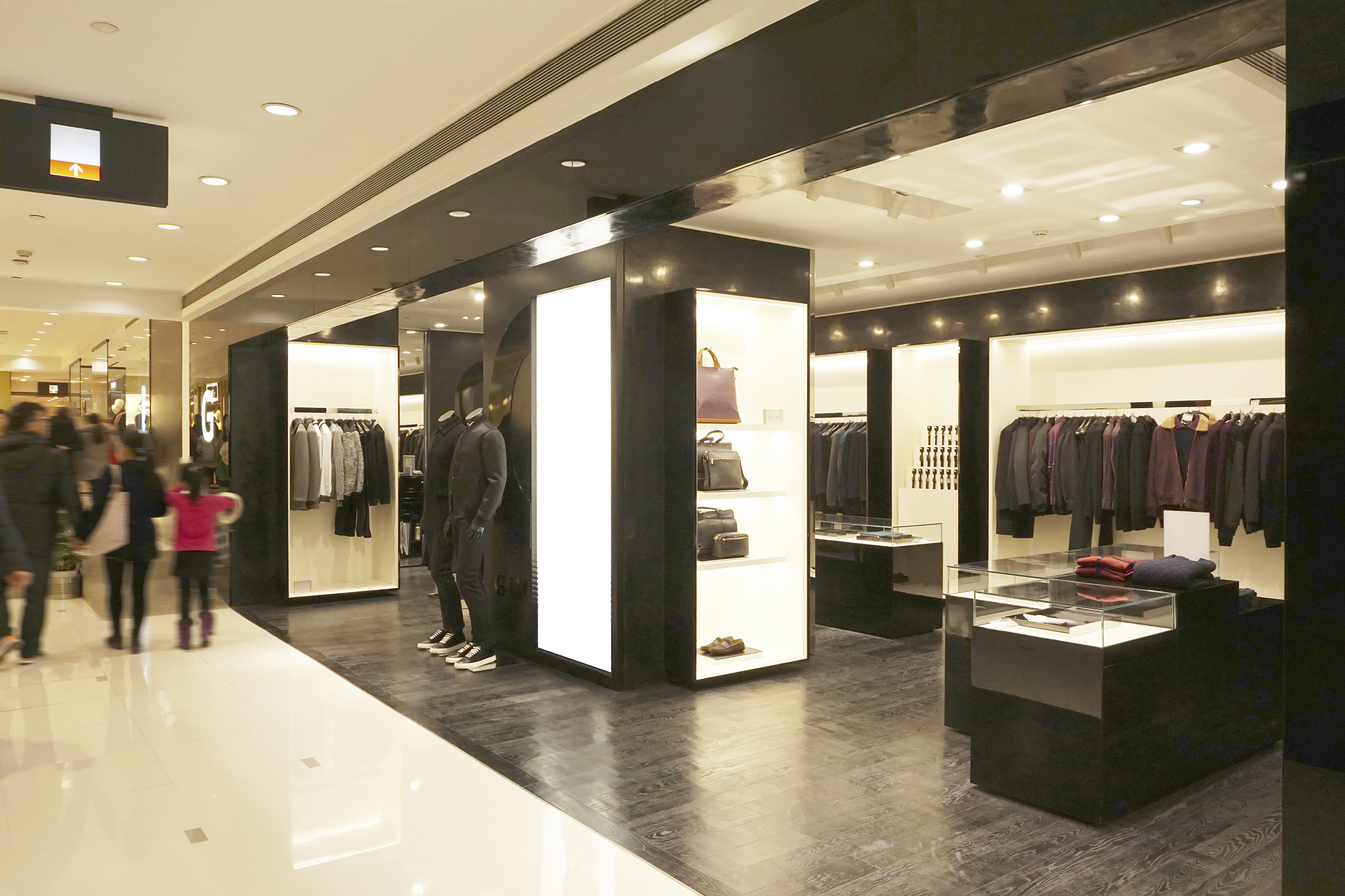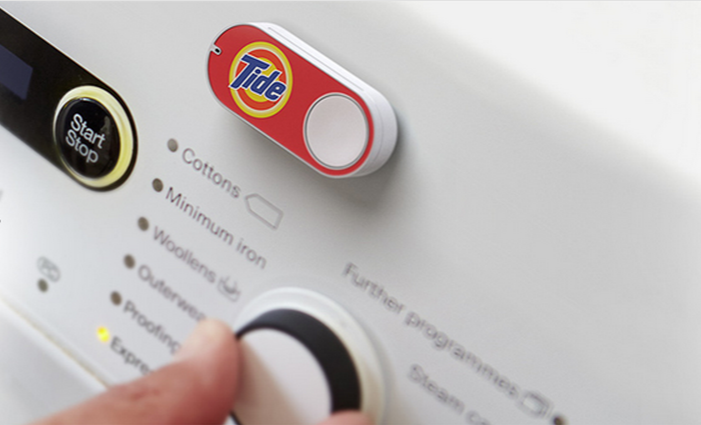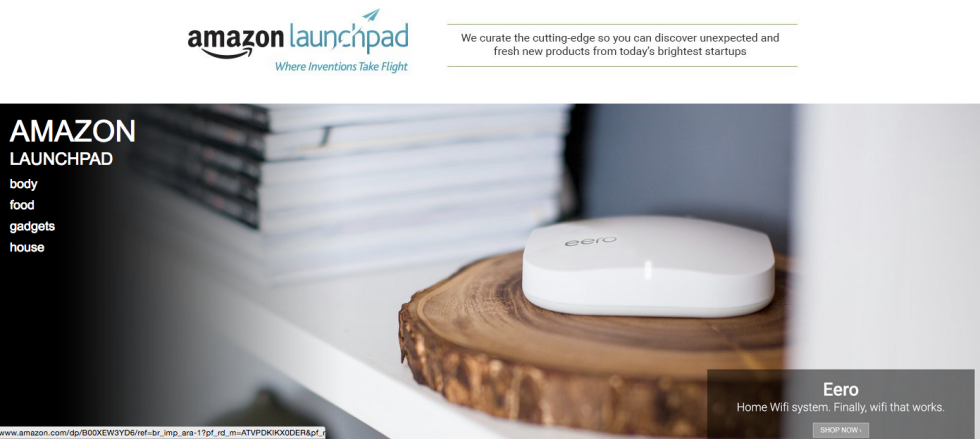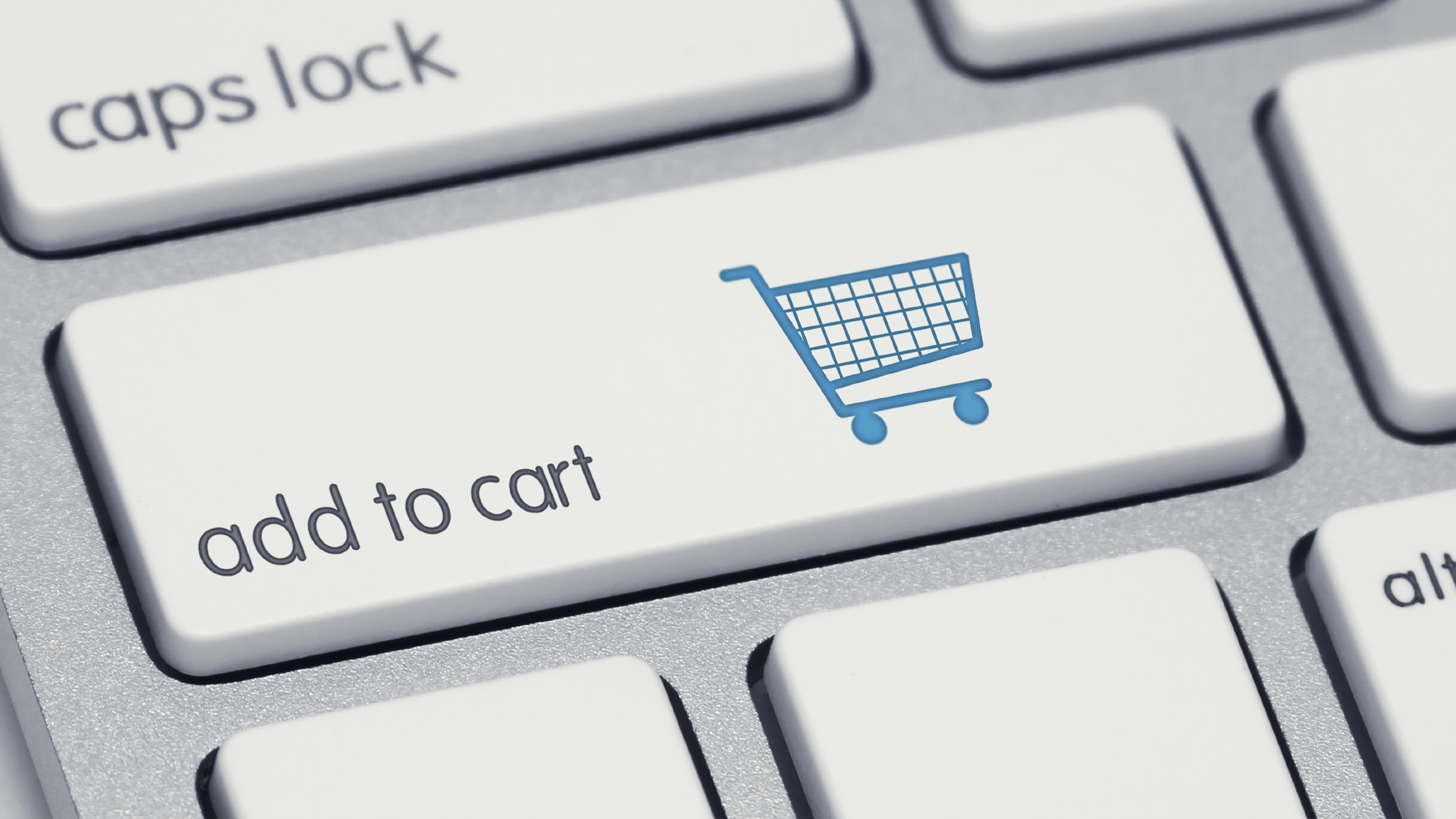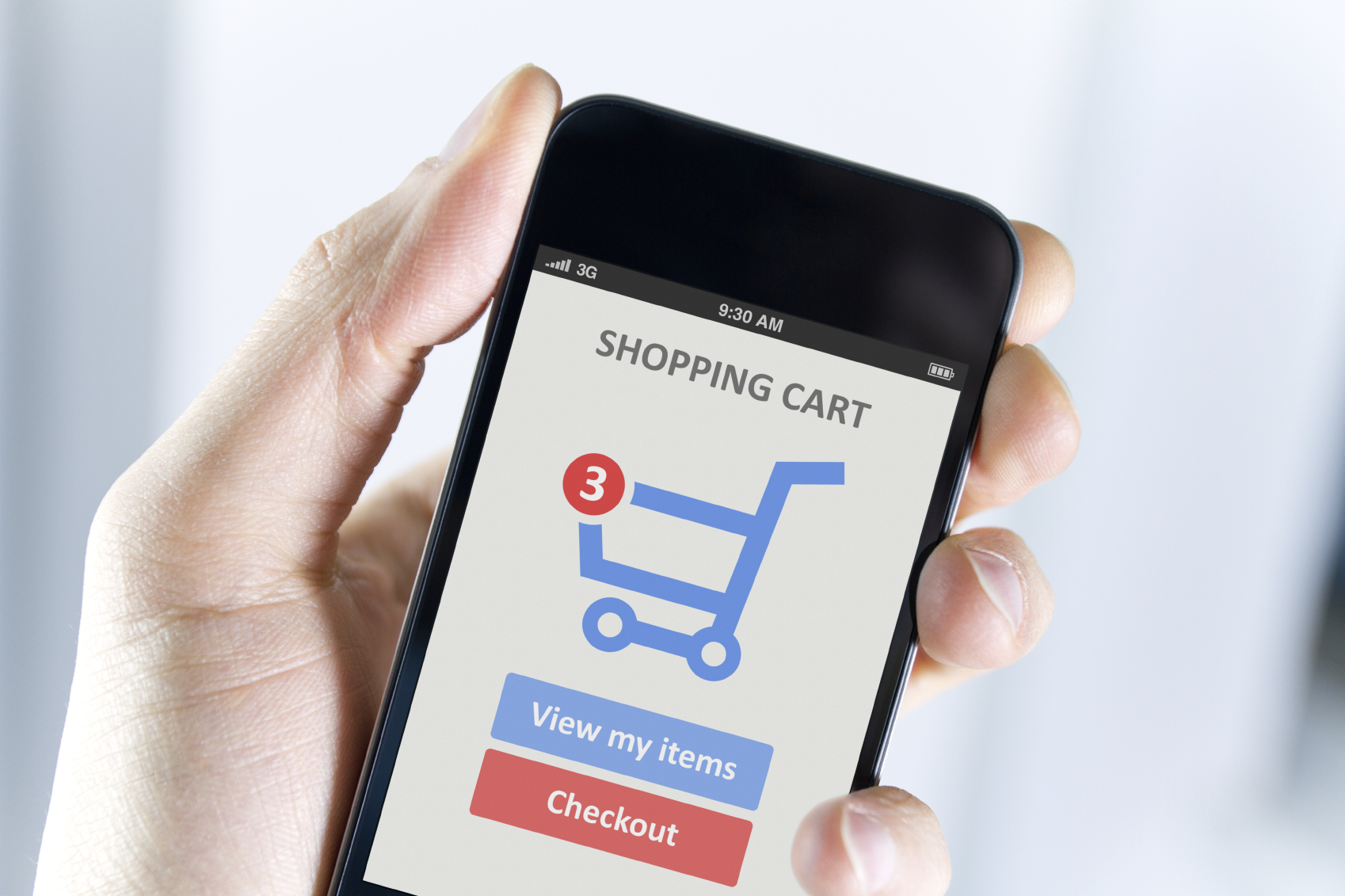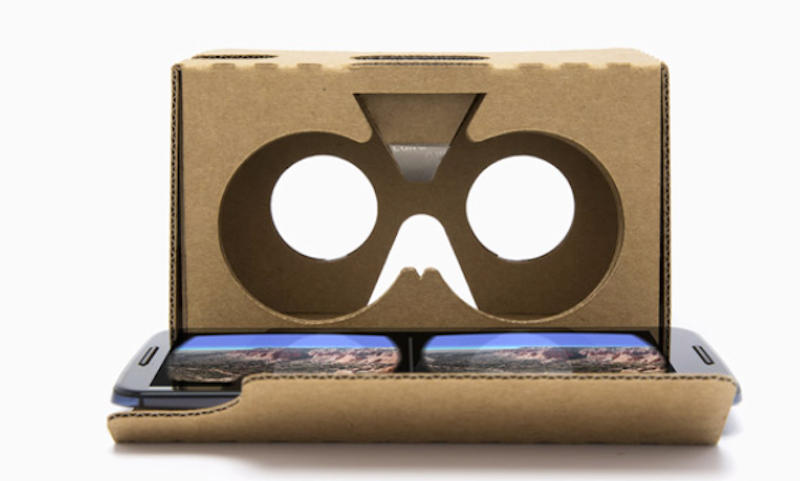On Wednesday, August 12th, the Media Lab attended the New Jersey Tech Meetup at the Stevens Institute of Technology in Hoboken. This monthly event is organized as a way for entrepreneurs from New Jersey to network and inspire each other.
A handful of startups were chosen to present their business ideas to the attendees. First to the stage was Fusar, a company that creates wearable hardware for action-sports enthusiasts. Their products include clip-on trackers that fit on helmets, handlebar controls, and an “Eyes up”-display helmet. Because the primary function of this equipment is safety, it seems unlikely that Fusar will incorporate an open-source app store that brands can leverage, as this may be seen as a distraction to someone driving a motorcycle. Next to present was Cosmic, a company that powers the pipes that enable native eCommerce. This technology allows vendors to seamlessly offer products across the web for purchase without having to drive consumers to a separate site to buy. Finally, Gravy presented their solution for an easier way for businesses to purchase and send gifts to clients and employees. The winner of the night was Cosmic, as selected by the audience.
The main event of the night was a fireside chat with Gary Vaynerchuk. Mr. Vaynerchuk covered a wide range of topics including how he makes business decisions, his general outlook on life, and his life goal of buying the New York Jets. Mr. Vaynerchuk has created a massive brand for himself as an entrepreneur, investor, author, and Internet personality. He grew his parents liquor store from an annual revenue of $3MM to $45MM business in six years, and then in 2006, leveraged a little site called YouTube to become a public figure among the tech community. He has since launched VaynerMedia and VaynerRSE, the latter of which he is in the midst of raising a $150MM round for 10-20 investments. When asked if he had any regrets, he promptly responded no, before relenting that he probably should not have passed twice on Uber’s angel round. Mr. Vaynerchuk’s chat was inspirational and the Media Lab wishes him good fortune in purchasing the Jets from Woody Johnson.

